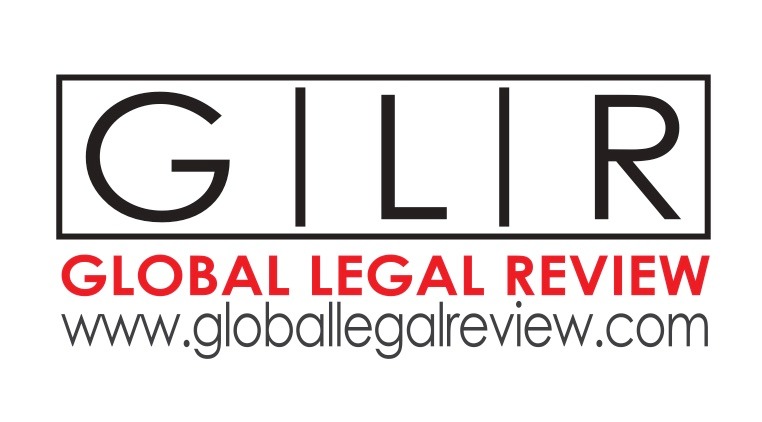The virtual division of the globe along geographical demarcations into Global North and South reflects the economic realities of the world. Such divisions are not the law of nature but manmade, deliberate constructs. This binary which is the result of erstwhile exploitative policies of colonization and the poor implementation of the economic policies under corruption-ridden governments in the so-called third world has been superimposed by the International monetary and financial institutions like World Bank and International Monetary Fund. Such lending institutions and donor agencies have been built with the intent of re-enforcing imperialistic designs of the former empires in the form of neo-colonialism.
Monetary Institutions’ Structural Adjustment Programmes and Global Inequality
The stringent policy measures attached to the lending terms and conditions in the form of structural adjustment programs (SAPs) put the burden on the already impoverished masses as the governments attempt to enable the economy to stand on its feet. Developing states, which usually are vulnerable to print more currency by reducing the interest rates, to finance their expenditure and cover the budget deficits- are worse off as the result of such policies is a hike in inflation coupled with the SAPs which also demand for removal of subsidies and other stimulus packages which a government provides to its domestic economic sectors. It is in this context that the outbreak of the pandemic named COVID-19 could be seen as the advanced economies are better positioned not only to provide health care facilities to their citizens but also to safeguard local businesses from collapsing compared to the developing part of the world.
The outbreak of the pandemic COVID – 19, is going to result in a global recession, so the states are adopting measures to forestall the downturn brought about by the recession. For instance, recently, US President Donald Trump has signed $2 trillion relief bill, to prevent economic devastation brought about by COVID-19. The rapid measures are taken by world second-largest economy- China, which has shown its capabilities by building special hospitals in the face of this calamity which started in Wuhan in shortest possible time and is now helping other countries in their combat against the pandemic, also shows the capabilities and resilience of the rich nations.
A Case from Developing Part of the Globe
Now let us consider the case of Pakistan, which is a low-middle income country, trying to tackle the economic slowdown and joblessness created by the pandemic COVID-19. Relief packages are announced by both federal and provincial governments. The federal government announced Rs. 1.2 trillion as part of the relief efforts, for the domestic industrial sector and daily wage earners, and also reduction of taxes in few areas while the Punjab government announced a relief package of Rs. 10 billion with Khyber Pakhtunkhwa government announcing Rs. 32 billion. There is no doubt that governments all across the globe have resorted to measures cushioning the national economies, to absorb the shocks from a slowdown in economic activities. But for developing and less developed countries, the problem is compounded by the fact that they have already meager revenue generation, and hence have no option left but to look towards international financial assistance.
Pakistan which has already been bailed out by IMF for the 13th time since 1980, in the form of a rescue package for three years, to settle its balance of payment crisis, has once again asked IMF to lend it $1.4 billion to evade the economic shock from the pandemic and to provide relief to its citizens. Likewise, it has also asked the World Bank for a $200 million loan to enhance the capacity of the public health sector, to combat the pandemic. All of this is definitely going to make its economic condition even more fragile.
COVID-19 both exposing and as a possible instigator of global inequality
Not only this, the pandemic has also revealed the existing dichotomy within the advanced societies whose egalitarian claims are falsified given the fact that not all the people are entitled to health insurance due to its unaffordability, making the poor more vulnerable to the pandemic. Again, consider the case of the United States, where last year some 26% of the population put off health care due to high costs.
It is imperative for the world to unite not only to fight the pandemic but also to fight the structural inequalities imposed by the international financial institutions. The developing and poor states should have an easy access to such lending agencies and should be provided aid on terms which are easy to be met by such states without burdening their already frail economies. The current pandemic has taught the humanity that while infecting, it would not make any distinction between the rich and poor and doesn’t take into consideration the demarcation, dividing the humanity into global North and South and the rich and poor. So if we want this world to be a better place for our next generation, it rests upon our shoulders to lend a helping hand towards the afflicted one and the onus for doing so lies first on the rich ones.











